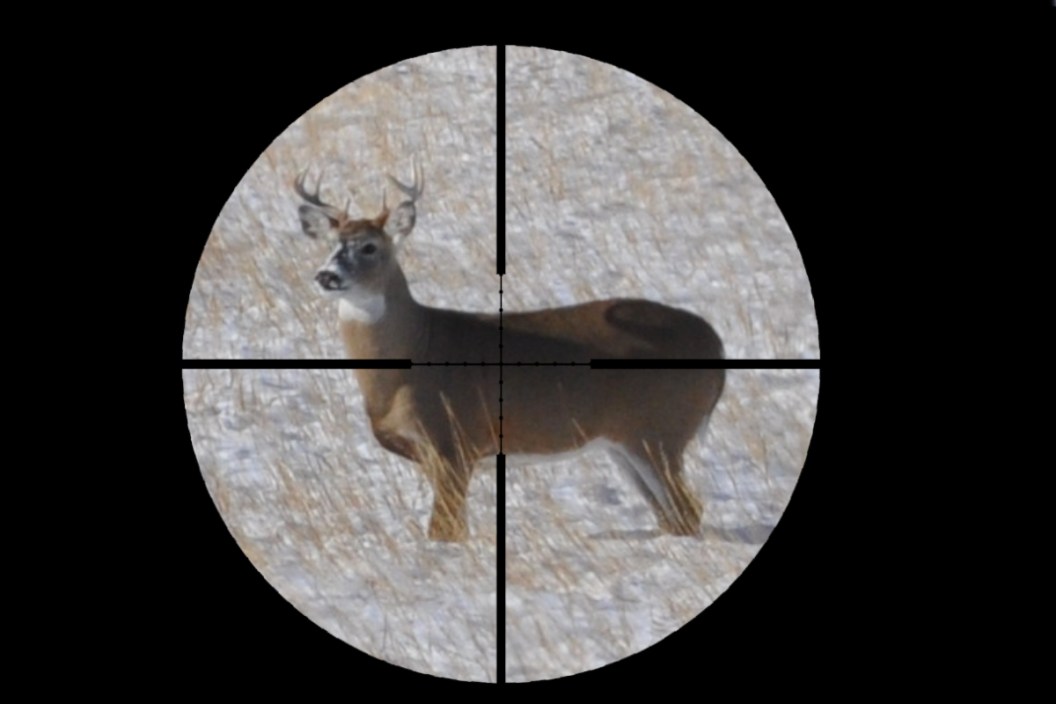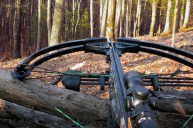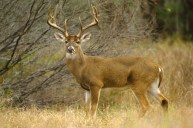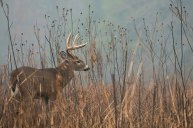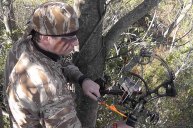There's more to shooting a deer than pointing the weapon in that general direction and pulling the trigger. Shot placement matters, because poorly placed shots can equate to wounded deer, which is never the goal when deer hunting. Basic hunting ethics tell hunters to inflict the least amount of suffering to an animal. So choosing the most lethal target on a deer makes the most sense, both ethically and strategically: If the deer expires quickly, there's less of a trail to follow, which means less searching in general.
Rules of Thumb for Shot Placement
The basic concept of where to shoot a deer is in the heart-and-lung vital area, which extends behind the two front shoulders, about mid-body on the vertical plane. Some hunters will argue about specifically where within that block to aim.
There are different theories about why aiming for a specific spot makes the most sense, but the general rule is to aim for a lung shot. Lung shots are the tried-and-true standard. The lungs lie between the shoulders but also extend rearward about a third of the way into the flank. A well-executed lung shot provides the best odds for a quick, humane kill.
It doesn't have to be complicated. Point the gun towards the deer, steady the crosshair one-third to halfway up the body, just behind the foreleg, focus on one point and squeeze the trigger. Hunters who use this method will almost always hit a lung, and maybe both, and might even clip a portion of the heart as well.
The lungs are a very big target. If you hit them, there's a very good chance you've just harvested a deer.
Why is a Lung Shot the Best Shot?
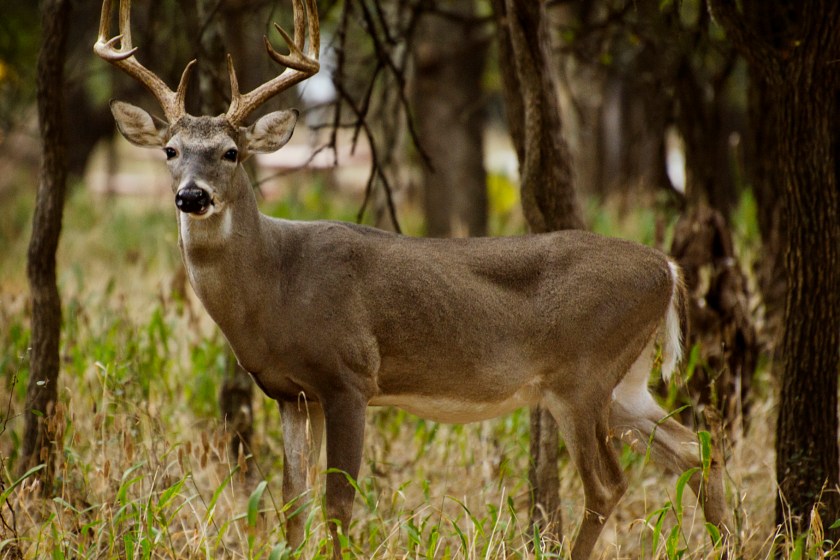
Getty Images, Medley of Photography
Like all mammals, deer have two lungs with the heart positioned right between the two. The bulk of the two lungs is also set slightly behind the heart and behind its front shoulders. Given that the lungs fill most of the chest cavity, they provide the best odds, as they take up so much more space in the body cavity than the other vital organs and they give the hunter a much larger target than just aiming for the heart.
Some hunters prefer heart shots, which is fine if they can do it consistently. Other hunters prefer neck shots, which is riskier; for neck shots to be effective, the shot must be expertly placed to sever the main artery. There's a high probability of error, so unless you're an expert marksman, neck shots are to be avoided.
The best case scenario for a good lung shot is a broadside shot at eye level, which is when the deer is standing with its body parallel to you. This gives an unobstructed view of the vital organs area and the widest margin of error. If the shot connects an inch or so high, it'll be in the top of the heart and two lungs. If it connects slightly to the left or right, it'll still hit two lungs. Aim in line with the front leg or just slightly behind, about halfway between the bottom of the chest and the top of the back. Even if the shot is slightly low and behind, the odds are still pretty good that the shot will be fatal.
Blood trails are actually a strong pro. While you might have to cover some more distance when following a blood trail, at least you have something to follow. And, blood loss produces humane kills, as most deer hit in the lungs don't even know what hit them, but rather just feel like they had the wind knocked out of them. And finally, the amount of meat loss is usually minimal in comparison to a high shoulder shot.
How to Know You've Made a Lung Shot
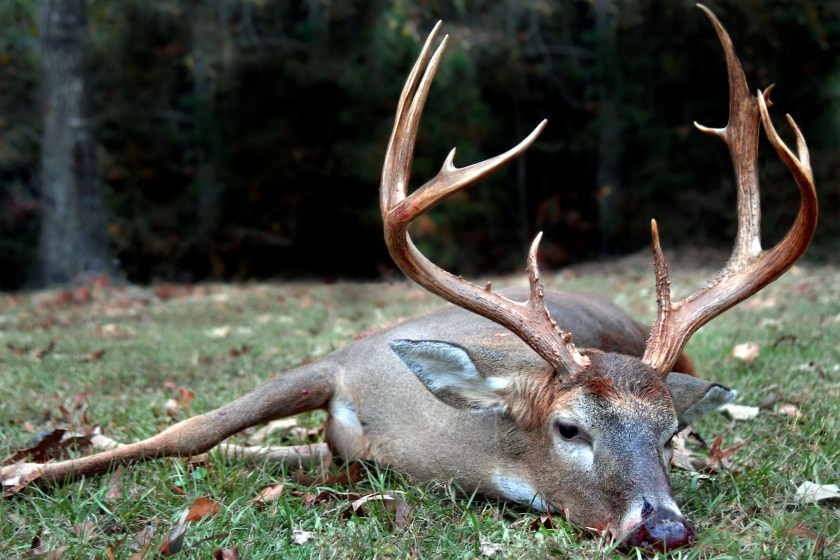
Getty Images, nameinframe
There are a few indicators to look for when you think you have made a lung shot and it's time to track the deer. A deer that is hit in both lungs typically runs hard and fast, making long strides with its belly low to the ground.
Look for the blood in the spot in the woods where the shot connected. A lung shot will typically produce bright red or pinkish colored blood that looks bubbly, or like it has bubbles in it. There will likely be plenty of blood to follow. The blood trail may be left behind on the ground or it might be about waist high on vegetation. If a deer is struck through just one lung, the blood trail could be long. If struck through both, it won't get far and the trail will be short, with a freshly harvested deer waiting at the end.
READ MORE: The Axis Deer and How They're Impacting Parts of the United States
